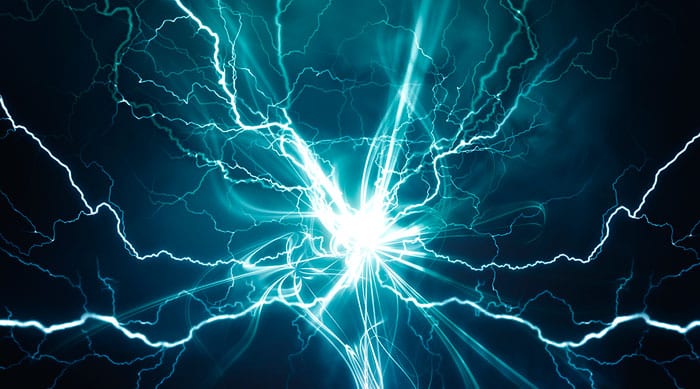National Grid launches ‘Future Energy Scenarios’ report
A report which provides an insight into how we could be using energy in the future and where it could come from has been released by National Grid - with electric vehicles and decentralisation both featuring prominently.
18th July 2018 by Networks

The ‘Future Energy Scenarios’ report suggests electricity demand is expected to grow significantly by 2050 driven by increased electrification of transport and heating. There could be as many as 11 million electric vehicles on our roads by 2030 and 36 million by 2040. The increase in electricity peak demand could be as little as 8GW in 2040 if consumers charge vehicles at off peak times and through vehicle-to-grid technology.
In three out of four scenarios, the report says gas continues to provide more energy than electricity by 2050 and remains the dominant form of heating well into the 2030s. However, its usage patterns will change, providing flexibility for both heat and electricity generation, complementing renewables.
Through smart charging and vehicle-to-grid technologies, this year’s analysis reveals electric vehicles will be able to support the continued growth in renewables by storing excess generation and releasing it back onto the network when it is needed.
Fintan Slye, director, UK system operator at National Grid, said: “The continued growth in electric vehicles, a greater volume of low carbon generation and the advancement of storage technology, are among the major trends that have emerged from this year’s report.
“This means balancing energy supply and demand will become increasingly complex between now and 2050. The growth of decentralised generation, meeting carbon reduction targets for heat and the continued importance of gas furthers the need for a co-ordinated approach across the whole industry.”
“The scenarios are not predictions, but they aim to be a catalyst for debate, decision making and change, and provide transparency to the wider industry. We are already operating in an exciting period of change – a trend which is set to continue, certainly up to 2050 and beyond.”
Energy and Clean Growth Minister Claire Perry said: “As we move towards a low carbon economy, we want to position the UK as a leader in clean and efficient power for transport and heating. Earlier this week we announced significant investment in electric vehicle charging infrastructure, including £30 million R&D investment in smart charging points.
“With demand for electricity expected to increase, gas has a key role to play in our energy mix. As part of our modern Industrial Strategy, we will continue to explore options for safe and secure domestic supplies of gas, such as hydrogen, biogas and natural gas from shale.”
Comments
Login on register to comment
Related content

Gas
Cadent backs launch of major bio-CNG HGV refuelling station
Gas network’s £250,000 infrastructure investment ensures supplies to existing connected customers have not been impacted

Gas
Editor’s blog: The biggest tests of resilience are yet to come
Network content director Jane Gray reflects on the industry's coronavirus response to date and the challenges still to come.

Gas
From the front line: Chris Garside and Andy Simcoe, Northern Gas Networks
Key workers across the power and gas networks are playing a critical role in the national response to Coronavirus. Network has committed to profiling their stories.
Related supplier content

Power
Load patterns and lockdown: how Covid-19 is impacting electricity networks
Insights into dynamics on the low voltage network as the outbreak unfolds

Downloads
Protect electrical equipment from insulation failure
Insulation faults are a major cause leading to the eventual failure of electrical equipment. Partial discharge (PD) is a very reliable indicator of developing insulation faults. Regular PD testing allows users to detect and analyze PD activity

Heat
How E.ON. is helping the City of London become a zero emissions city
Discover Citigen. Deep in the heart of our bustling capital